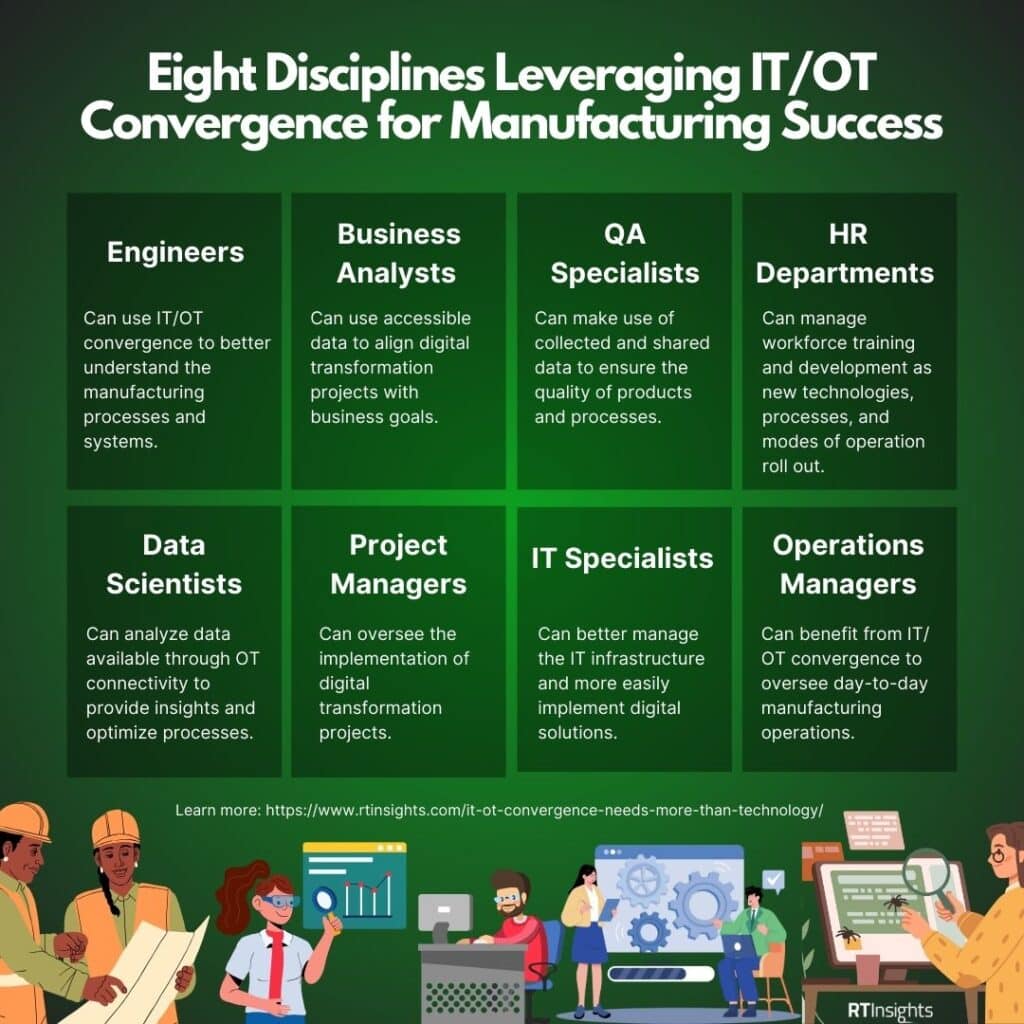
While connectivity technology is essential to reap the benefits of IT/OT convergence, success requires collaboration between numerous disciplines and a culture change.
In recent years, most manufacturers have invested in technology to help bring IT and OT systems together. By imparting connectivity to equipment so that data from traditionally siloed OT systems is easily accessible, a manufacturer can transform its operations and business model. And it can move from reactive to predictive operations, thus reducing unplanned downtime while increasing operational efficiency.
Most importantly, connectivity technologies and the data available when IT and OT systems are converged are essential for manufacturers to reap the benefits of other technologies and strategies like digital twins and Industry 4.0. With such convergence, companies can embrace a data-first approach to decision making. That allows them to be reactive at the speed of change.
The bottom line is that enterprise connectivity enables a shift to digital manufacturing. It enables the flow of data across different operational and functional areas. What a manufacturer does with that data depends on more than just making it available to different groups.

Pathway to success
Success takes more than technology. It requires collaboration among various professions, including engineers, data scientists, IT specialists, business analysts, and operations managers. Each discipline can make use of IT/OT convergence to assist with a manufacturing digital transformation.
Examples of the different ways various disciplines can leverage IT/OT convergence and collaborate with others include:
Engineers can use IT/OT convergence to better understand the manufacturing processes and systems. They can then work with IT specialists to integrate new digital tools and technologies into existing systems, ensuring compatibility and functionality.
Data scientists can analyze data available through OT connectivity to provide insights and optimize processes. They can then partner with engineers to understand the data generated by manufacturing processes and develop algorithms that can predict maintenance needs or improve efficiency.
IT specialists can better manage the IT infrastructure and more easily implement digital solutions. They then can work with all departments to ensure digital tools are properly integrated, secure, and scalable.
Business analysts can use accessible data to align digital transformation projects with business goals. They can then translate technical possibilities into business benefits, working closely with engineers and data scientists to ensure that projects deliver value.
Operations managers can benefit from IT/OT convergence to oversee day-to-day manufacturing operations. They can then provide practical insights into the feasibility of implementing digital solutions on the shop floor and help identify areas for improvement.
Project managers can oversee the implementation of digital transformation projects. They can also coordinate activities between the various stakeholders, ensuring projects stay on track, on budget, and meet their objectives.
Quality Assurance (QA) specialists make use of collected and shared data to ensure the quality of products and processes. They can also work with engineers and data scientists to develop and implement digital tools that can monitor and improve product quality in real time.
Human Resources (HR) departments can manage workforce training and development as new technologies, processes, and modes of operation roll out. They can ensure employees have the necessary skills to use new digital tools and understand the changes brought about by digital transformation.
See also: The Year Ahead: Trends in Digital Transformation
Changing an organization’s culture
Many disciplines that go into a manufacturing operation can individually benefit from enterprise connectivity’s ability to bring data from siloed OT systems together and make it accessible to enterprise applications. But to realize the full benefits a convergence can deliver, manufacturers need to develop collaborative strategies amongst different disciplines.
That will allow a manufacturer to compound the discrete improvements in different functional areas. To that point, a collaborative strategy will help bring out synergistic benefits when people in different disciplines can more easily collaborate.
Some of the things that a manufacturer can do to go from informal collaborations to more strategic endeavors include:
Build interdisciplinary teams: Form teams that include members from each of the relevant disciplines to ensure all perspectives are considered.
Encourage regular communication: Establish regular meetings and communication channels to discuss progress, challenges, and next steps.
Define shared goals: Align on common objectives that everyone understands and works towards.
Implement agile methodologies: Use agile project management techniques to allow for flexibility and iterative improvements.
Initiate cross-training: Encourage cross-training so team members understand the basics of other disciplines, fostering better collaboration.
Adopt change management: Implement strong change management practices to help all employees adapt to new technologies and processes.
By fostering collaboration across these diverse roles, manufacturing companies can ensure their digital transformation projects are comprehensive, well-coordinated, and ultimately successful.








